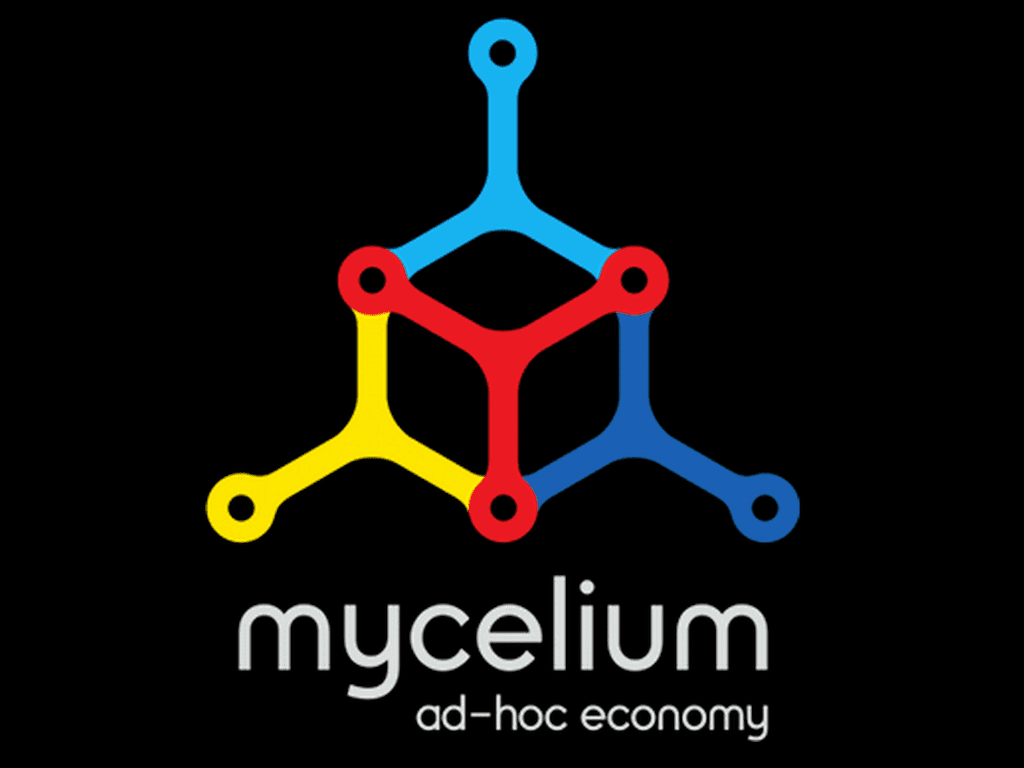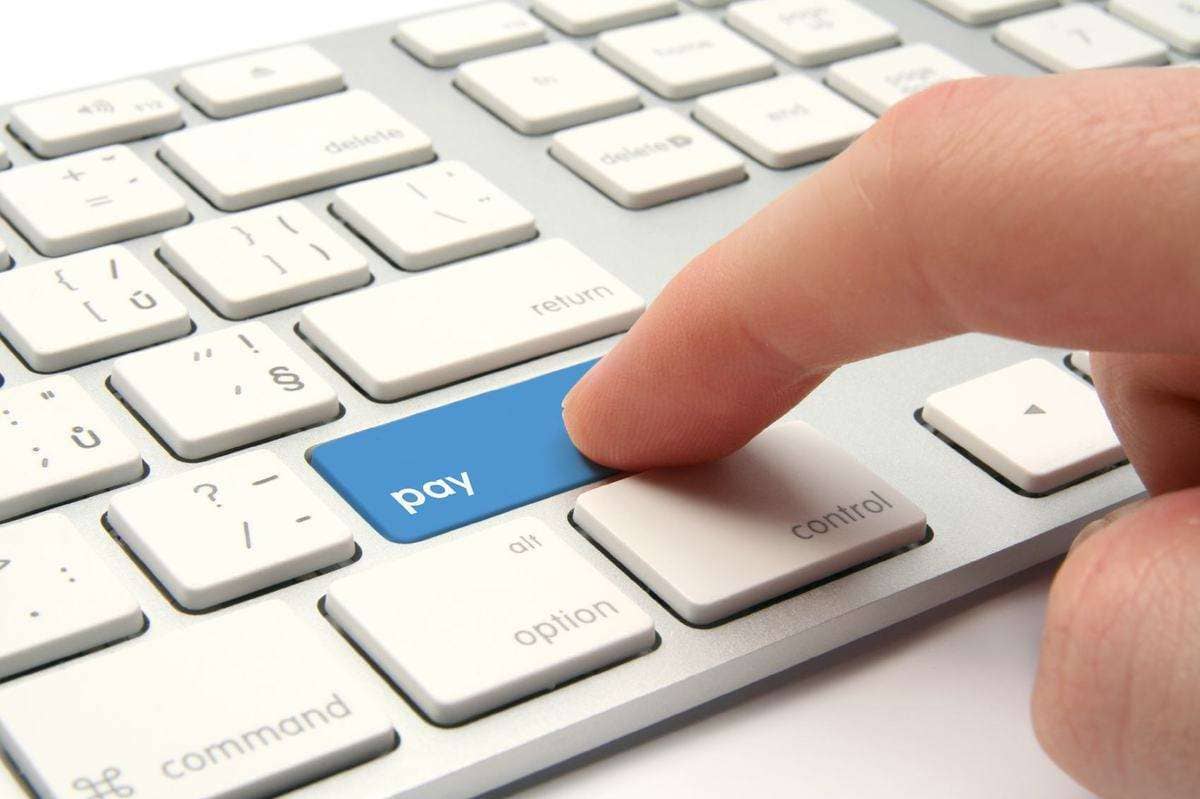Content
Your goals can help you decide which standout features you need come time to focus on feature offerings. Look at your business and list your sales, customer service or marketing weaknesses. From there, make a list of the goals you want to accomplish when managing your lead and customer relationships.

Insurtech refers to the use of technology innovations designed to squeeze out savings and efficiency from the current insurance industry model. Tangible AI applications for CRM, however, are in the early stages of adoption, although Salesforce and Microsoft have already started to integrate AI components into their existing CRM systems. As you look at the options in these guides, find the CRM options that align best with your company’s goals, industry, budget and feature requirements.
Offline Data Management
Streamlining and improving the sales process, building a sales pipeline, automating tasks, and analyzing your sales data will inevitably lead to one outcome—increased sales and sales productivity. A CRM system allows you to have all your customer-facing voice, chat, and email touchpoints accessible in one place. You’ll clinch more deals by building a repeatable, proven sales process, and delivering the right message on the right channel at just the right time. A CRM gathers customer interactions across all channels in one place. Managing centralized data helps businesses improve customer experience, satisfaction, retention and service. Cloud-based CRM systems ensure every user has the same information, all the time.
What a #CRM system does not do for you https://t.co/M4RpQd0IzO
— James Townsend (@jamestownsend) December 2, 2017
The platform offers a slew of integrations with platforms including Twitter, Facebook, Google+, LinkedIn, WordPress, Instagram, Youtube, and Pinterest. In recent years, they’ve embraced AI as part of their customer solutions toolkit. The software’s auto-scheduling feature lets you queue up posts across all social channels, and to do so from many different accounts with ease. The discovery tab helps you find influencers, discover the best people to follow or unfollow, and see who’s reacted to—or interacted with—your company or mentioned your brand.
It’s also extremely flexible – offering scaling simply by just adding more people to the system as the business grows. Get an at-a-glance view of its sales pipeline so it’s simple to spot potential issues and nip them in the bud. Every call, question, negotiation, and touchpoint from prospects and clients is recorded and accessible to the entire team with a centralised contact management system.
Evaluating and comparing types of CRM systems
Customer relationship management technology helps companies get maximum value from client interactions, regardless of which employee is reaching out. Though CRM systems have traditionally been used as sales and marketing tools, customer service teams are seeing great benefits in using them. A CRM platform lets you manage the inquiry across channels without losing track, and gives sales, service, and marketing a single view of the customer. Marketers can use a CRM solution to better understand the pipeline of sales or prospects coming in, making forecasting simpler and more accurate.
CRM can come in many forms, from tracking customers’ purchasing behavior to fielding complaints and returns. Despite this human need, industry analysts are increasingly discussing the impact that artificial intelligence applications may have on CRM management and the CRM market in the near future. CRM includes all aspects in which a company interacts with customers, but more commonly https://xcritical.com/ refers to the technology used to manage these relationships. CRM is often used to refer to technology companies and systems that help manage external interactions with customers. There are plenty of cloud CRM solutions that information technology novices can employ. You don’t have to make a large investment in physical IT infrastructure or hire IT staff to manage your CRM.
Try out Sales Cloud free for 30 days to convert more leads and close more deals.
It helps you build a scalable sales organization by gaining insights about your business, predicting customer behavior and engaging with customers. This multi-channel CRM software offers features such as sales automation, team collaboration, pipeline management, AI, and performance and analytics, for a start. You can test drive these features and more of its functionality at zero cost if you sign up for Zoho CRM free trial here.
But these solutions, such as Oracle’s, offer many more valuable capabilities that span a wide range of marketing and sales functions, including marketing, customer service, sales, and partner channel management. CRM systems start by collecting a customer’s website, email, telephone, and social media data — and more — across multiple sources XCritical CRM system and channels. The CRM tool organizes this information to give you a complete record of individuals and companies overall, so you can better understand your relationship over time. Zoho CRM details describe the platform as an easy-to-use online CRM solution for collecting more leads, monitoring your pipeline, and closing deals faster.
While widely used for sales, customer support, recruitment, and customer service, Streak also counts many customers working in media and creative agencies. That’s because it does a great job of managing partner relationships, making it particularly attractive in industries where collaborators change from project to project. Mailchimpis a stalwart in the field of email databasing and automated blast emailing. Their straightforward design tools let you create email marketing campaigns and tailor messages to reach people across email channels. Every feature of your CRM captures customer data, including case history, so all your service reps will have full visibility on the people they’re interacting with. This delivers faster resolutions and cuts down customer frustration, thus decreasing churn and boosting conversions.
Offer Better Customer Support.
Operational CRMs automate other types of information requests via the user’s preferred form of communication. This frees up time for your sales team to concentrate on business development. This involves negotiating terms and conditions and coming to an agreement on price. Once the sale is closed, it is important to follow up with the customer and ensure that they are satisfied with the product or service that they have purchased. Customer profiles are detailed descriptions of your ideal customers.

Zoho CRMtailors its product to small businesses with a simple user interface, and full-fledged automation features and customizable modules. Likely you won’t have the need for many app integrations just yet. Integrations with your email platform, document editing suite, and social media channels should be sufficient at the outset. In terms of integrations, Mailchimp offers a vast collection of ready-to-merge services and is easily teamed with CRMs like Salesforce, Insightly, and many, many more.
Mobile: for deal-making on-the-move
The issue of customer data raises a challenge which CRM systems exist to address. Every time someone picks up the phone and talks to a customer, goes out to meet a new sales prospect, or follows up a promising lead, they learn something new and potentially valuable. Traditionally, all this data went into analogue or unconnected media such as notebooks or laptops, or even just stayed in people’s heads. In a work-from-anywhere world, it’s never been more important for your teams to be connected on a shared platform that allows them to collaborate and work from anywhere. Track trends over time, whether that be company-wide aggregate data or individual contact histories. Website analytics tools allow you to interpret which metrics are driving traffic and direct marketing campaigns accordingly.
Then you’d have to import all your contacts onto a proprietary cloud and plug away doing data entry. Back then, all CRM platform had a big learning curve and required a complete retooling of the workflow. Click to call, cross-platform functionality makes it a breeze to call from anywhere, makes your business more agile, and saves an incredible amount of money on phone bills. That improves the mechanism behind your business and dramatically increases visibility on your team, customer base, and to the broader public. There are many types of good CRM out there, and none one-size-fits-all/right CRM option.
Retain More Customers
A sales CRM system handles the process of selling from point A to B, encompassing sales leads, sale processes, and sales teams. It allows you to build a sales pipeline, track leads, and achieve significantly better visibility on sales opportunities. You’ll be able to simplify workflow and manage your customer-facing voice, chat, and email touchpoints on a single platform.
Analytical CRM uses data mining to tailor marketing campaigns, build customer personas, improve sales outreach and forecasting and enhance customer service interactions. CRM systems collect the minutia of customer accounts, such as billing, orders and service requests, and keep records of “touches” to track sales productivity and ensure a client isn’t being neglected. Automation, data analysis, reporting and trend identification features help companies learn more about their clientele, including support needs. Businesses can make smarter and faster decisions with help from Artificial Intelligence . 71% of customers have used multiple channels to start and complete a single transaction, which is why using AI to track customers across mediums and devices is vital for sales. And at the operational end, 68% of customers would rather use self-service channels – like knowledge bases or customer portals – for simple questions or issues.
- For example, since your solution holds essential information about every customer, your customer support teams can put that customer data to good use.
- Classic full stack CRM that helps businesses of all sizes work and scale.
- Task management is divided into group task features, which helps plan and assign tasks, as well as timing them for future planning.
- It synchronizes workflow and has a range of analytic, organizational, and communications features.
- Managers can lose sight of what their teams are up to, which means that they can’t offer the right support at the right time – while a lack of oversight can also result in a lack of accountability from the team.
- The platform is built on Google Material Design, so you can do all things CRM—such as email tracking, call logs, and contact management—in what looks and feels like G Suite.
You can also set up triggers to assign certain actions to contacts, like answering a CTA. Real-time monitoring lets you analyze campaigns and see how they’re doing. One of Dialpad’s most exciting features isVoiceAI, a form of advanced AI analytics that uses speech recognition and natural language processing technology. This handy tool automatically generates an accurate transcription of all your sales calls in real-time.
Forecasting reports enable salespeople to get better visibility over their pipelines, qualify leads more accurately, and see how close they are to hitting their targets. Sales managers can use reports to motivate and manage their people. All the latest information about customers — from contact details to service conversations — is easily available to access and update. With complete, accurate, centrally held information about clients and prospects, sales and marketing can focus their attention and energy on the right clients.
What should I look for in a CRM solution?
Any good business is constantly juggling costs against revenue so company efforts produce profits. While most small-business CRM plans start at around $10 to $50 a month, those prices can be deceptive. If your company needs a CRM for 50 people to use, you must often multiply that per-seat price by the number of people who will use the CRM. As an example, a customer might interact with a website chatbot to complain about a product defect.
